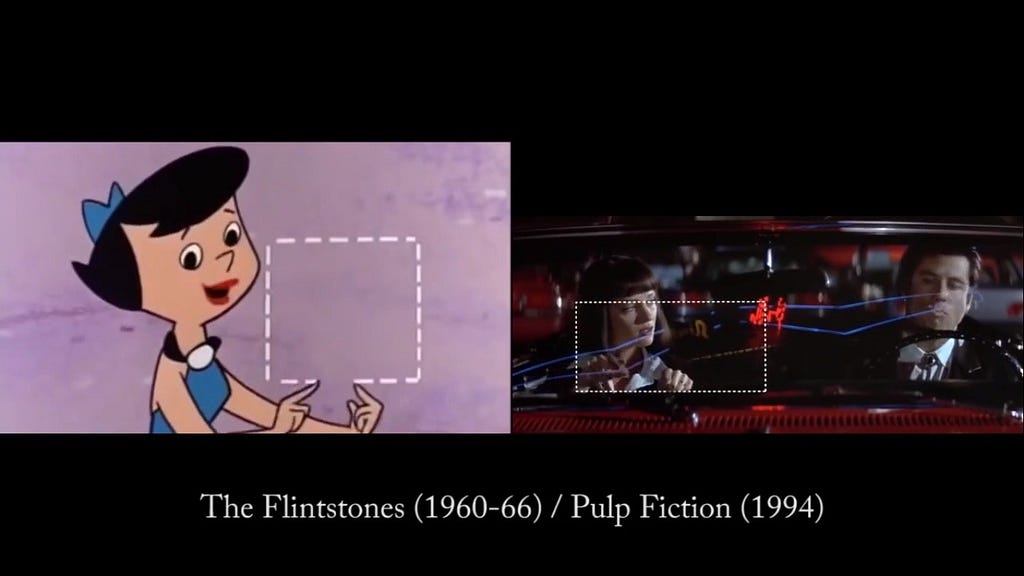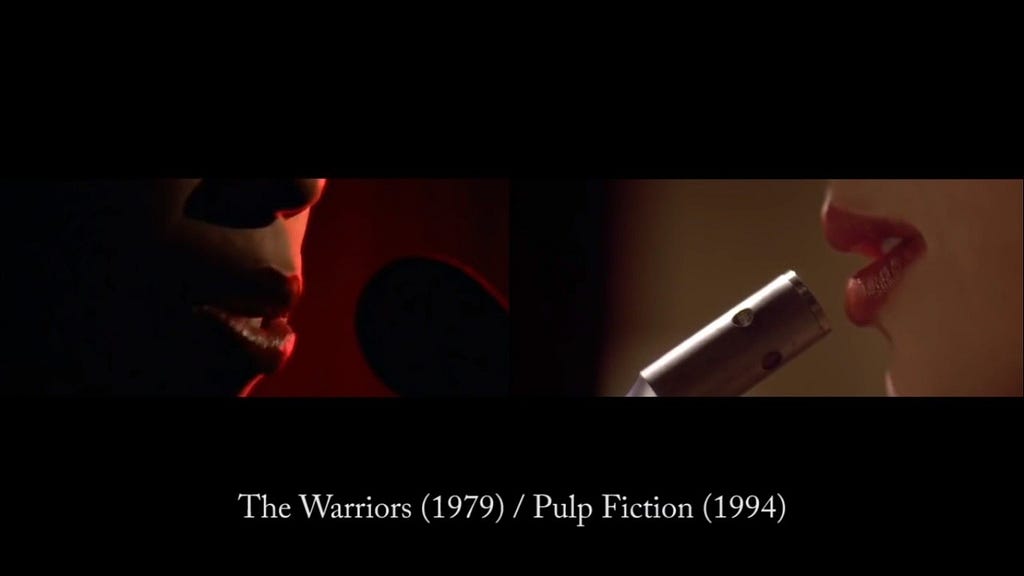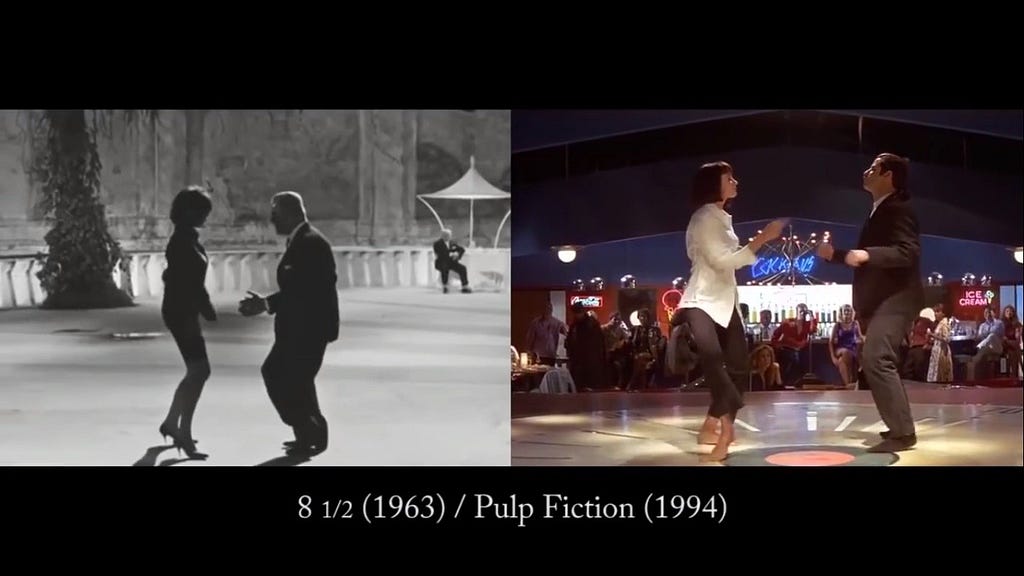Where does inspiration come from? For many creatives, it starts with something simple — admiration. A beautiful interface, a striking poster, a clever animation. But sometimes, admiration turns into something deeper — a creative crush. And that feeling, if you let it grow, can become one of the most powerful sources of creative energy.
This isn’t about copying. It’s about connection. When we fall in love with someone else’s work, we don’t just appreciate it — we want to respond. To make. To contribute. In this way, love becomes a kind of fuel — invisible, renewable, and contagious.

The Energy of Admiration
Every designer knows this moment: you stumble across a piece of work that just gets you. It might be a font, a layout, or a color palette — but suddenly, you feel something shift. You’re not just looking. You’re feeling.
That spark? It’s more than excitement. It’s an invitation to create.
Creative love isn’t passive — it activates you. It turns viewing into making. And if you follow it, you’ll find yourself in a flow state: focused, energized, timeless. The kind of deep focus that delivers more than a week of scheduled productivity ever could.
Don’t Steal — Transform
There’s a fear in design culture around “too much influence.” But when love is real, it transforms the source. Quentin Tarantino once said, “I steal from every movie ever made. I love them!” He wasn’t talking about copying scenes — he was describing a creative remix powered by genuine devotion.
Design works the same way. When you fall for a visual language, a pattern, or a concept, that crush becomes raw material. What you make from it will be yours — filtered through your style, your sensibility, your constraints. The secret is to let your love speak, not echo.






Design as a Language of Emotion
We often think of design as problem-solving — and it is. But it’s also emotional. The warmth of a hover animation. The rhythm of transitions. The quiet delight of a balanced layout. Good design doesn’t just work — it feels right.
Like film or music, design is an emotional medium. We communicate not just with visuals, but with atmosphere. A layout can feel soft. A button can feel confident. That emotional tone is how design builds trust — or joy, or curiosity — at scale.
Influence Isn’t Imitation — It’s Legacy
All designers are shaped by those who came before them. Jonny Ive never hid his debt to Dieter Rams — he spoke openly about how Rams’ principles deeply resonated with him. But he didn’t clone Braun products. He absorbed the thinking, and transformed it into something iconic for Apple.
Creative love across generations is how design evolves. It’s not mimicry — it’s gratitude, translated into form.



Flow = Creative Love in Action
Psychologists call it “flow,” but let’s call it what it really is: love in motion. When you care deeply about the work, time dissolves. You forget yourself. You are the process.
In this state, perfectionism fades. You’re not afraid to try, fail, or explore. Mistakes become part of the journey. What matters isn’t control — it’s connection.

The Work That Sticks Always Feels Personal
You can tell when something was made with love. A piece of UI. A type treatment. A set of microinteractions. These small, human touches are technically unnecessary — but emotionally vital.
They’re what makes a project memorable. They’re why people return, sometimes without knowing why. They carry a designer’s signature — not with a name, but with intention.
When You’re Tired, Go Back to What Moved You
Creative burnout is real. But when the energy runs out, the solution isn’t always rest — sometimes it’s remembering. What piece of work first made you want to design? What video, song, or app made you feel something?
That feeling — that spark — is your core creative fuel. It may get buried under deadlines, deliverables, and strategy decks. But it’s still there. Find it, and you’ll find your energy.
Final Thought: Love Is the Real Strategy

Creative love isn’t sentimentality. It’s a working principle. It keeps you going when process fails. It connects you to your users. It gives your work texture, meaning, and emotional resonance.
And when it’s real, it’s felt. Your audience may not be able to name it — but they’ll feel it. That’s why we fall in love with design in the first place. Not because it’s perfect. But because it’s human.
So the next time something inspires you — don’t just scroll past it. Listen. That pulse you feel? That’s not just admiration. That’s creative momentum. And it’s yours to follow.
Creative Crushes: How Loving Other People’s Work Fuels Your Own was originally published in UX Planet on Medium, where people are continuing the conversation by highlighting and responding to this story.

